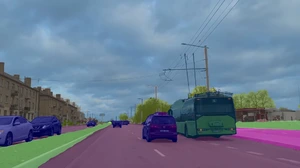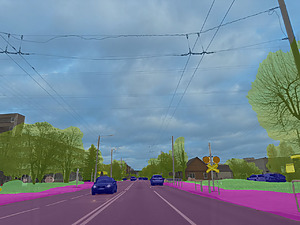According to the US National Highway Traffic Safety Administration (NHTSA), as many as 94 per cent of traffic accidents are caused by human error or decision-making. This figure is often cited as a key argument for the development of autonomous vehicles. Can technology do what we frequently fail to – assess the environment objectively, quickly, and consistently?
Bartas Lisauskas, a student at Kaunas University of Technology (KTU), believes it can. He is developing a system that enables computer vision to function efficiently, even with extremely limited computing resources.
Bartas, a student of Software Engineering, says he has always looked for solutions with practical value. From the very beginning of his studies, he was more interested in how technology works in real-life situations than in theoretical models. Today, this approach is becoming increasingly relevant, as autonomous systems are being applied not only in transportation but also in industry, logistics, and service sectors.
Smart traffic management in cities
“Developing efficient and safe autonomous technologies that are useful in real life is a task, requiring a lot of time and effort,” says Lisauskas.
The situation is improving, but for these technologies to become widespread, their practical implementation needs to be considered, both in infrastructure and everyday services. One area where Lisauskas sees significant untapped potential is smart traffic management in urban environments.
Autonomous systems require more than just the ability to move – they need to perceive their surroundings, make context-based decisions, and do so quickly. Computer vision is one of their key components. It enables systems to observe, identify, and classify objects in their environment, such as vehicles, pedestrians, road signs, or traffic lanes.





